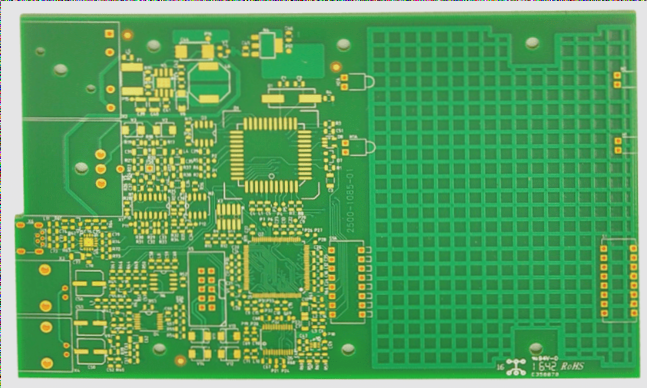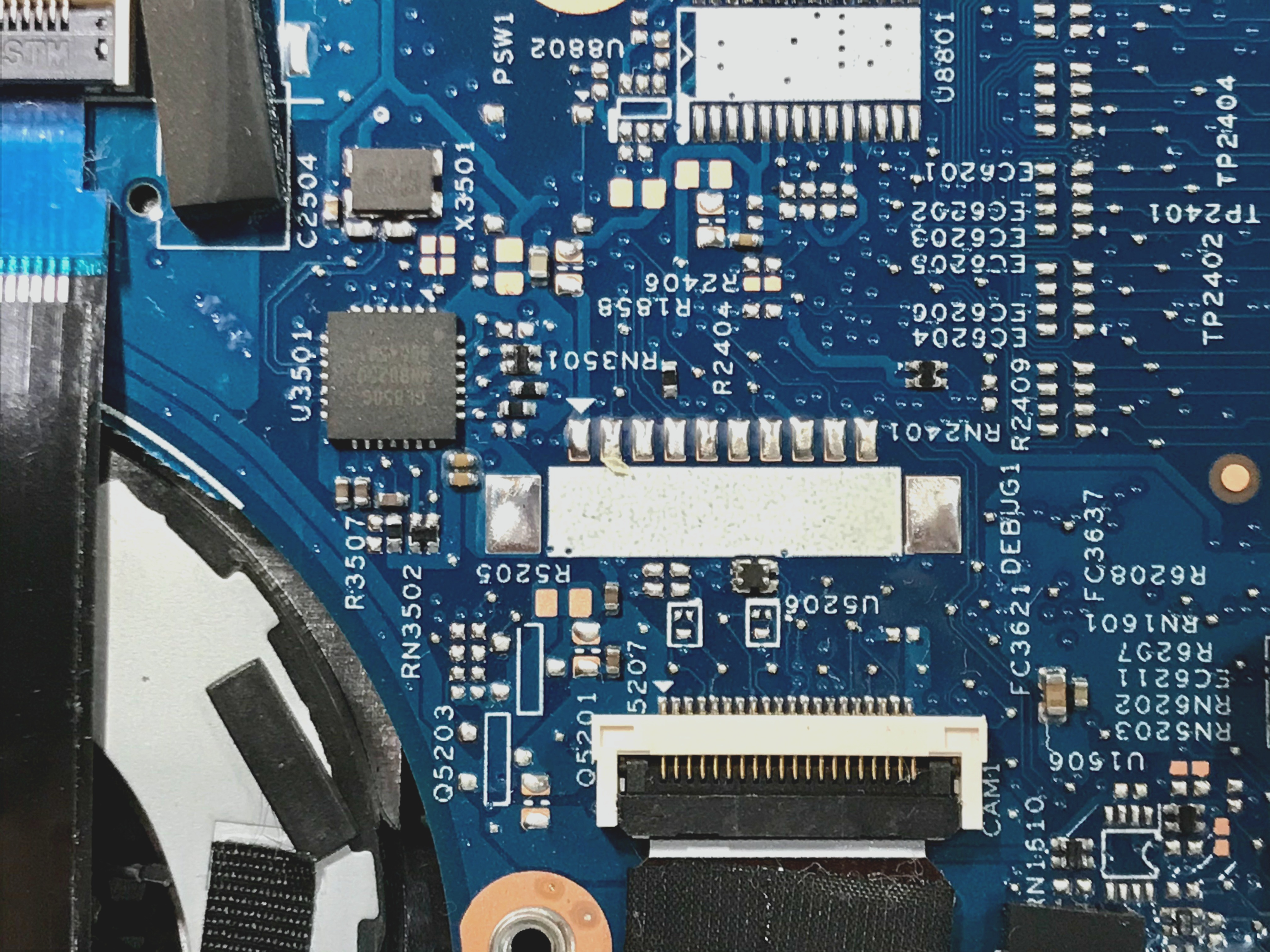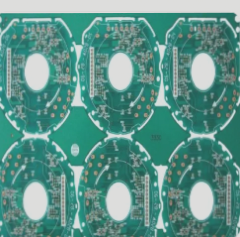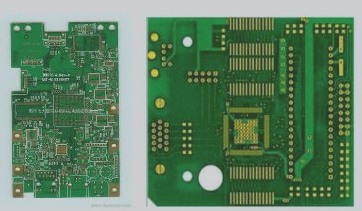PCBA Processing Quotation Cycle
PCB Quotation Process
When requesting a PCB processing quotation, it is essential to understand the different stages involved in the PCBA manufacturing process. PCBA, or Printed Circuit Board Assembly, consists of the PCB circuit board, SMT placement, and component soldering. The quotation process typically revolves around these three components.
For PCB board quotations, the time required depends on the completeness of the fabrication details and documentation provided. Typically, a comprehensive price quote can be generated within 2 hours if all necessary information is available. However, factors like queue congestion may affect the turnaround time.
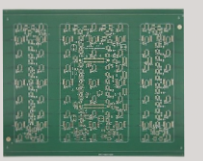
SMT Chip Processing Section
The SMT chip processing section primarily focuses on calculating processing fees based on the number of points. Different factories may charge based on points per item or points per pin. Understanding this pricing structure is crucial, as it impacts the overall cost. Evaluating the cost for a specific item usually takes about an hour.
Component Module
Components in PCBA include standard resistors, capacitors, and specialized components. While pricing standard components is relatively straightforward, special components like BGAs or ICs may face challenges due to international embargoes and approval processes. Quotations for special components typically take 3 to 4 days to process.
Overall, obtaining a PCBA quotation usually takes several working days, unless a company has in-house stock materials. Quick evaluations are possible for PCB and SMT placement, but complex components may prolong the process.
PCB Manufacturability Design Review Method
After completing PCB design, conducting a thorough functional check is crucial to ensure the design’s accuracy. Similar to reviewing an exam after completion, this step helps identify and rectify any potential errors.
DFM Review for the Bare PCB
Conduct a Design for Manufacturability (DFM) review to ensure the bare PCB design meets manufacturing process requirements. Check parameters like trace width, spacing, vias, component orientation, and more to optimize manufacturability.
Component-to-Pad Matching Review
Verify that purchased SMT components align correctly with designed pads. Highlight any mismatches and ensure the design meets pick-and-place machine spacing requirements for seamless assembly.
Generation of 3D Graphics
Create 3D models of the PCB to assess component interference, layout feasibility, and heat dissipation. This step aids in evaluating the PCB’s suitability for SMT reflow soldering processes.
PCBA Production Line Optimization
- Optimize the placement sequence and material station layout to save time in the SMT assembly process.
- Allocate components to pick-and-place machines like Siemens high-speed machines and global multi-function machines based on component types and machine locations.
- Extend optimization to multi-line production environments for increased efficiency.
Work Instructions Generation
- Automatically generate work instructions for production line workers to enhance efficiency and reduce errors.
Flexible Inspection Rules
- Adjust inspection rules as needed, such as component spacing and trace width, based on specific factors like component model, manufacturer, or board complexity.
Software Compatibility
- Support for Panasonic, Fuji, and Universal Placement Software to automate placement machine program generation.
- Compatible with multiple software formats for flexibility and integration with other tools.
Advanced Features
- Automatically generate optimized stencil designs for improved manufacturing accuracy.
- Create AOI and X-ray inspection programs for quality control.
- Generate detailed inspection reports for quality assurance and documentation.
BOM Review and Correction
- Thoroughly review the Bill of Materials (BOM) to correct errors and ensure accuracy.
- Convert the BOM into suitable software formats for seamless integration with other systems.
If you require PCB manufacturing services, feel free to contact us.

